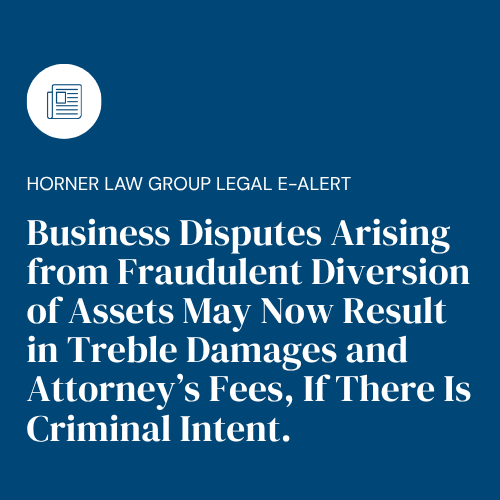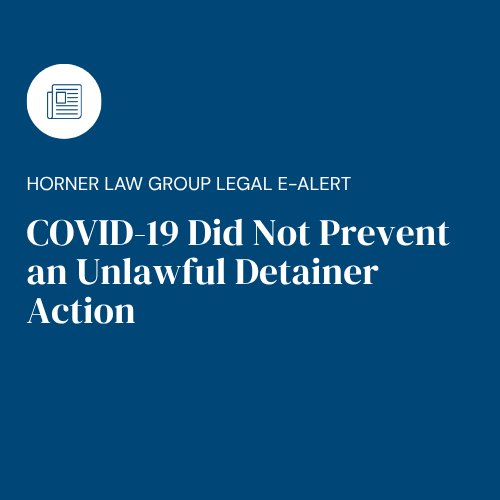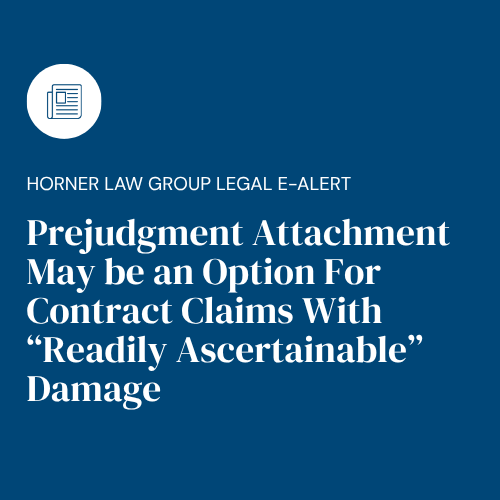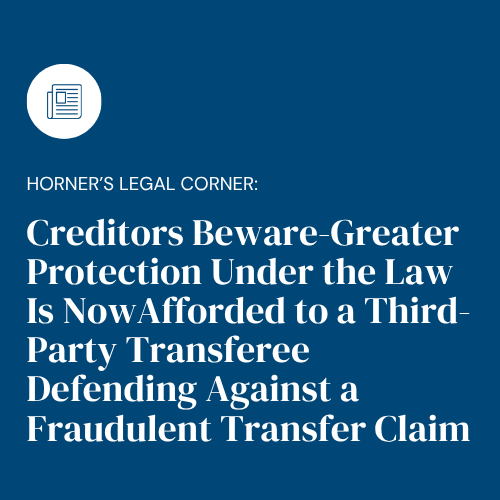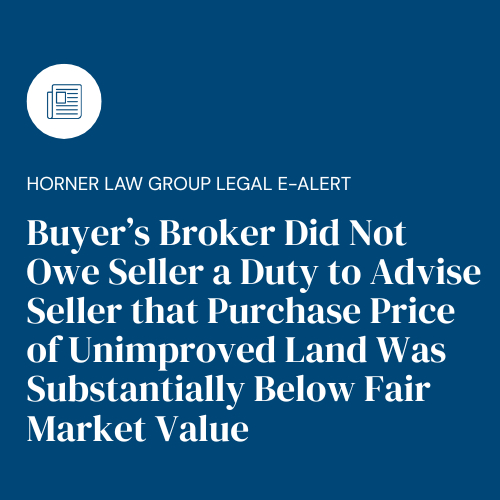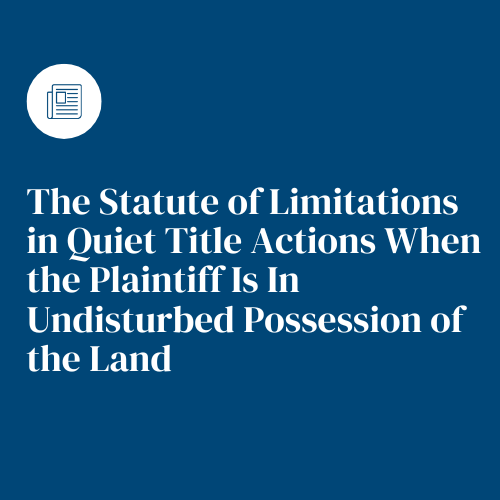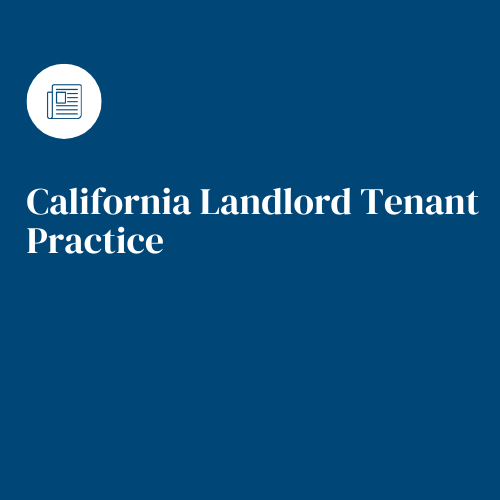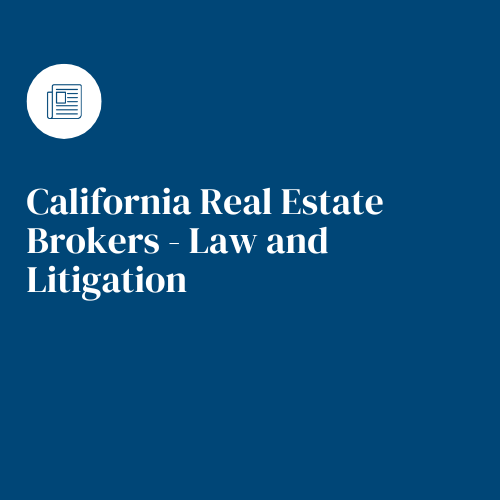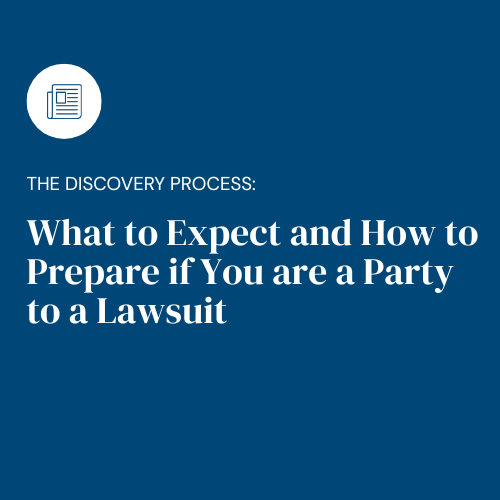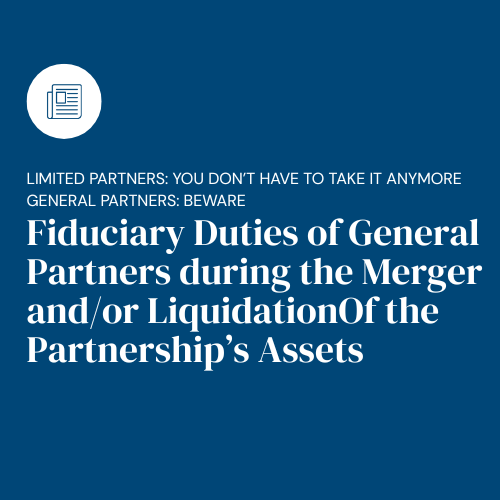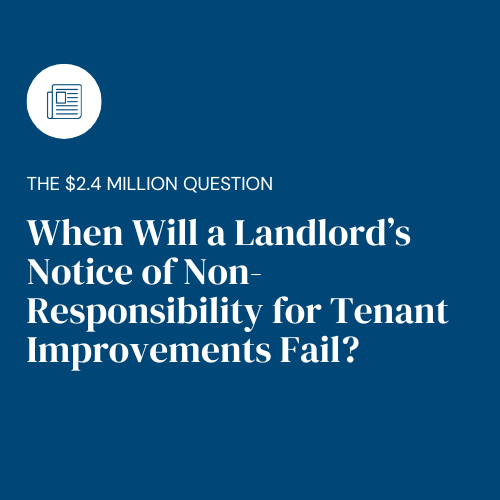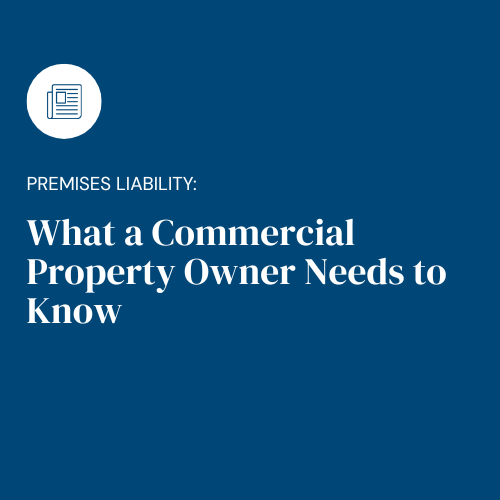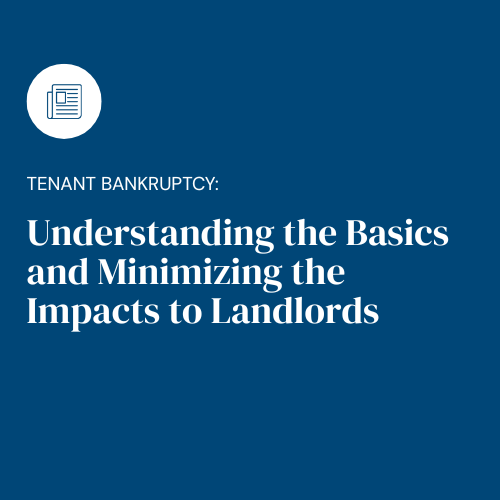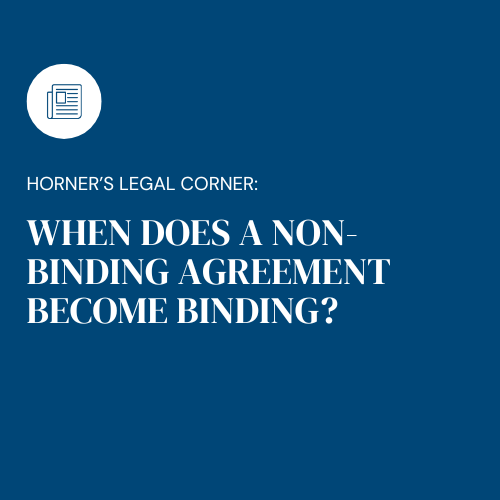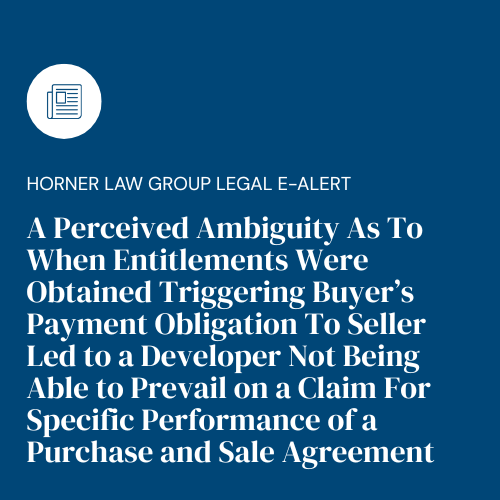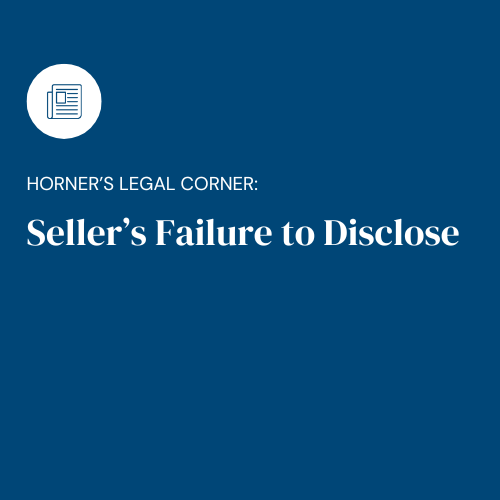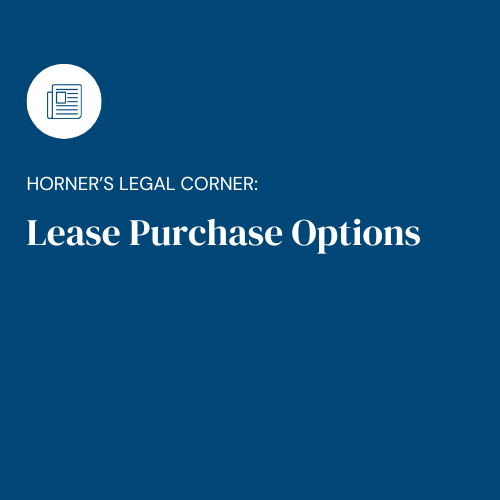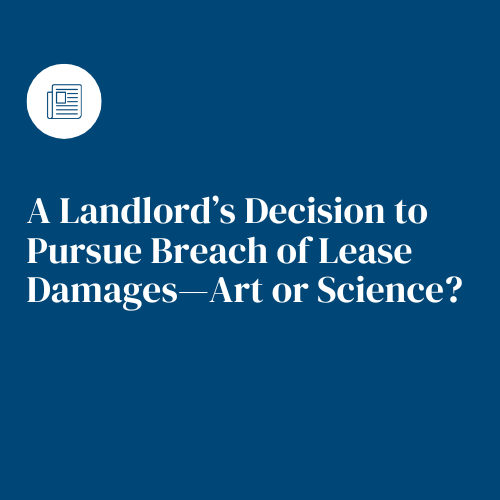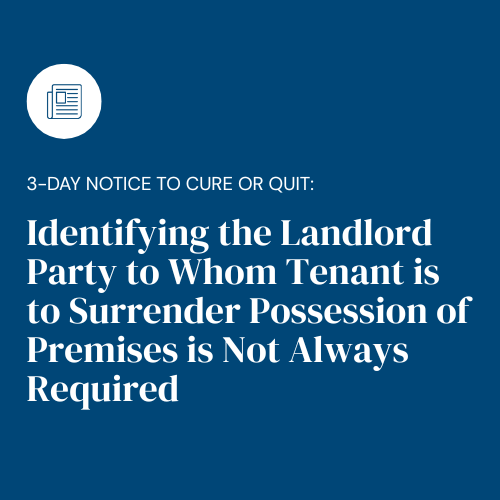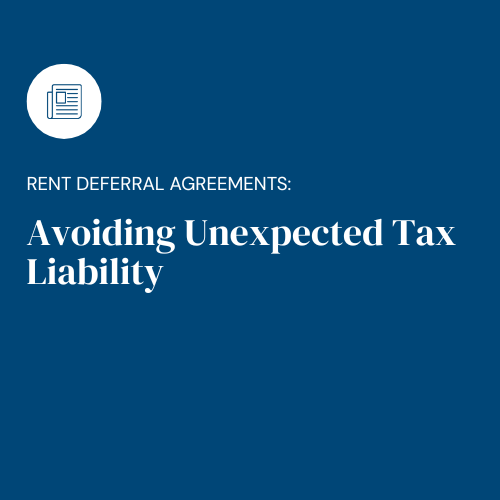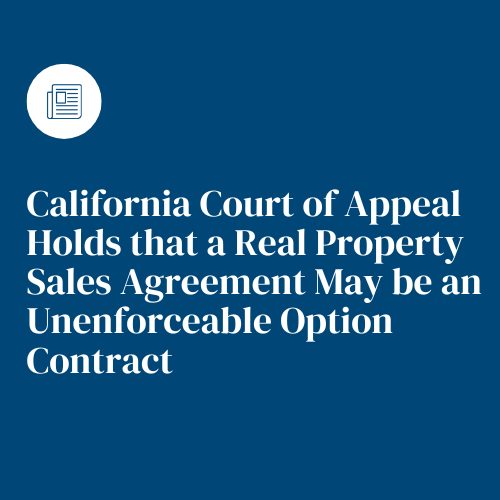Premises Liability:
What a Commercial Property Owner Needs to Know
CONTACT
Cliff Horner
Erika D. Harrington
Author: Clifford R. Horner & Erika D. Harrington
Understanding the history and most recent case law concerning premises liability can help Owners make smarter decisions in property management. This section briefly summarizes the historical evolution of premises liability law in California, and examines the latest California case law, its impact on commercial property owners, and steps to take to diminish your financial exposure to premises liability claims.
Historical Background
In the past, commercial landlords enjoyed broad immunity from liability to tenants injured by a defective condition on leased premises. With some narrow exceptions, landlords could effectively argue that once possession and control over the premises was transferred to a tenant, the landlord's potential liability for the premises' safety vanished.
However, in 1968, the "good old days" came to an end for landlords when the California Supreme Court decided that premises liability should instead be analyzed using ordinary negligence principles. Landlords, commercial and otherwise, are now responsible for injuries caused by their failure to exercise ordinary care or skill in the management of their property.
The law does not impose strict liability on landlords, but instead examines whether and to what degree the landlord owed a duty to the injured party based on the facts of each case. Courts generally consider several so-called Rowland factors in determining the existence and scope of this duty, including the foreseeability of the harm suffered, the severity of the injury, the relationship between the landlord's conduct and the injury suffered, public policy, moral blame and even the availability of insurance covering the risk involved.
Landlord Liability for Dangerous or Defective Conditions
One distinct area of premises liability is where a party is injured as a result of a defective or dangerous condition existing on the premises. In this context, a landlord's duty to exercise "ordinary care" in the management of its premises may include a duty to warn or protect against known dangerous conditions. A typical illustration is a "slip and fall" case resulting from a negligently maintained floor.
Should such an accident result in a lawsuit, a court would apply the Rowland factors (detailed above) to the facts to determine whether the landlord owed and breached its duty of care to the tenant or guest - most significantly, whether the injury was foreseeable by the landlord. Therefore, commercial landowners have a duty to exercise ordinary care either to make the conditions safe or to provide adequate warnings so that employees and guests may avoid the risk of harm. This requirement effectively imposes an obligation to conduct reasonable periodic inspections of the premises to discover and repair any dangerous conditions (i.e. a condition existing long enough that a person exercising reasonable care would have discovered it). In the commercial setting, courts have deemed surprisingly short intervals for such inspections as unreasonable (e.g. spilled milk in a supermarket existing for less than thirty minutes).
There is, thankfully, some limitation on the burden imposed on owners of commercial property. First, although landlords must conduct a reasonable safety inspection of the leased premises before transferring possession, they are not generally responsible for all subsequent risks inherent in conducting business on the premises. This is the case even when a landlord reserves the right to enter the premises and make repairs during the tenancy. During the lease term, a landlord's repair obligation usually arises only if he knows or has reason to know of the existence of a dangerous condition and then fails to repair or warn.
Contract provisions (e.g. leases) can further limit (e.g. through defense and indemnity provisions) a landowner's ultimate financial exposure for dangerous conditions. In the commercial setting, exculpatory lease provisions are frequently upheld. In determining whether to uphold these, courts generally consider whether the precise language employed in the lease provision releasing the landlord is clear and unambiguous and whether such a provision would violate public policy.
Finally, the degree of duty owed may vary based on the "status" of the injured person. For instance, a court will be much more hesitant to award recovery for injuries suffered by an unforeseeable trespasser than to someone entering the premises for the financial benefit of the landowner (e.g. a retail customer or business client).
Landlord Liability for Acts of Third Parties
The second distinct area of premises liability imposes a duty on landowners to protect tenants and guests from the acts of others. A typical case would involve a customer being mugged in the parking lot of a commercial establishment. The victim may argue that the business and property owner share some responsibility for a mugging which occurred on their premises. In the last year, this area has been an active topic for the courts.
In California, courts analyze these cases in a similar manner to the dangerous condition cases discussed above. Landlord liability to tenants and their guests from third party criminal or tortious acts generally turns on whether a duty was owed to that patron. The presence and scope of this duty is determined by balancing the foreseeability of the harm suffered with the burden on the landlord of imposing such a duty. Therefore, in cases where it is highly foreseeable that a guest or tenant will be injured by a third party on the premises, a court may require a landlord to take elaborate and costly measures to prevent such injury, such as providing extra lighting, security guards, etc.
In practice, this balancing test sets limits as to the degree of burden that the law will impose on landowners, adjusted by the foreseeability that the particular harm will occur. In cases where extremely costly or burdensome measures would have prevented the injury, a plaintiff must prove that the occurrence of such event was highly foreseeable. In many such cases, to establish this level of foreseeability, a plaintiff must prove that prior similar incidents actually occurred on the premises.
For instance, a measure as extreme as hiring security guards has generally been perceived by courts as highly burdensome and unnecessary. This principle was recently reiterated in Lopez v. Baca, 98 Cal. App. 4th 1008 (2002). In this case, a nightclub customer was shot in the head by another patron and tried to argue, unsuccessfully, that the nightclub unreasonably failed to provide security guards. The club normally employed security guards on weekends. However, the shooting occurred on a normally calm Tuesday night. In light of these facts, the court ruled that the club had no duty to hire security guards on this particular night because there was no evidence that the shooting was foreseeable due to lack of prior similar incidents.
However, the requirement of prior similar incidents does not require a showing of prior identical incidents. As shown in the recent case of Claxton v. Atlantic Richfield Co. 108 Cal. App. 4th 327 (April 30, 2003), an African-American man was attacked at a gas station by a Hispanic gang member. The lower court reasoned that even though there had been a history of repeated violence at this gas station, there was no clear evidence that there had been prior racially motivated hate crimes. Therefore, in the lower court's opinion, the gas station had no duty to provide security guards. The appellate court reversed this decision, stating that it was immaterial whether there were previous hate crimes on the premises. The abundant violence that repeatedly occurred at this particular gas station was similar enough to make it foreseeable that future criminal assaults would occur.
Additionally, owners must be cautious when leasing premises so as not to create a contractual duty to provide a heightened level of security or safety on the premises. A California appellate court recently ruled that a restaurant had a duty to provide security guards, relying on contract law. In Avila v. Jado Properties, Inc., 03 C.D.O.S. 8807 (September 30, 2003), a restaurant owner assured a customer that security would be provided for a party on the premises. While security was provided, it proved to be inadequate when violence ensued. The court rejected the plaintiff's foreseeability argument in the general negligence cause of action. However, the court reasoned that the owner may have violated its contractual duty to protect its patrons and could therefore be liable.
Similarly, in Morris v. De La Torre, 4 Cal. Rptr. 3d 568 (September 3, 2003), the court imposed liability on a landowner, based not on traditional foreseeability/negligence principles, but because a "special relationship" existed between the owner and the victim. Here, a gang member ran into a restaurant and demanded a knife from an employee, which he then used to stab the victim. No employee of the restaurant called the police or attempted to help the victim (possibly out of fear or because the restaurant's phone was out of order). The victim sued the restaurant, arguing that because it was located in a neighborhood where gang violence was prevalent, this type of incident was foreseeable. While the court stated that the restaurant had no duty to provide security guards because of the absence of prior similar incidents on the premises, it held that it did have a duty to this particular victim because the knife used in the stabbing was obtained from the restaurant. This fact created what the court called a "special relationship" with the victim and imposed a heightened duty on the restaurant to respond to violence underway.
Landlord's Options
Given the above, what is a modern owner/landlord to do to protect itself? The below bullet points should prove helpful in diminishing a landlord's financial exposure to premises liability claims:
- Careful Lease drafting. The lease itself should clarify that it is the tenant's responsibility to keep the premises free from defective and dangerous conditions. The lease should also have strong and enforceable defense, indemnity and tenant insurance requirements with respect to defective conditions and any and all claims made by third parties arising from their presence or conduct at the premises. Additionally, ensure that the owner is added as an additional insured on the tenant's CGL policy;
- Purchase a property owner's CGL insurance policy. These policies cover a variety of potential dangerous condition and third party claims;
- Perform periodic inspections of the premises to ensure that any obvious defective conditions are addressed and remediated; and
- Require immediate tenant notification of any dangerous conditions or third party criminal or tortious acts on or about the premises. Without this information, an owner is unable to assess the likelihood of any future problems and therefore implement appropriate precautionary measures.
While a landlord's responsibility for incidents occurring at their owned premises seems to be gradually being expanded by the courts, property owners can still take intelligent, affirmative steps to decrease their overall financial exposure to such foreseeable and unforeseeable circumstances, as set forth above. While nothing will take the place of diligence in preventing defective condition and third party act claims, a modern landlord does have effective tools at its disposal to minimize its ultimate financial exposure for premises liability claims.
Subscribe to Horner Law Group Mailing Lists
Get the latest significant legal alerts, news, webinars, and insights that affect your industry.

